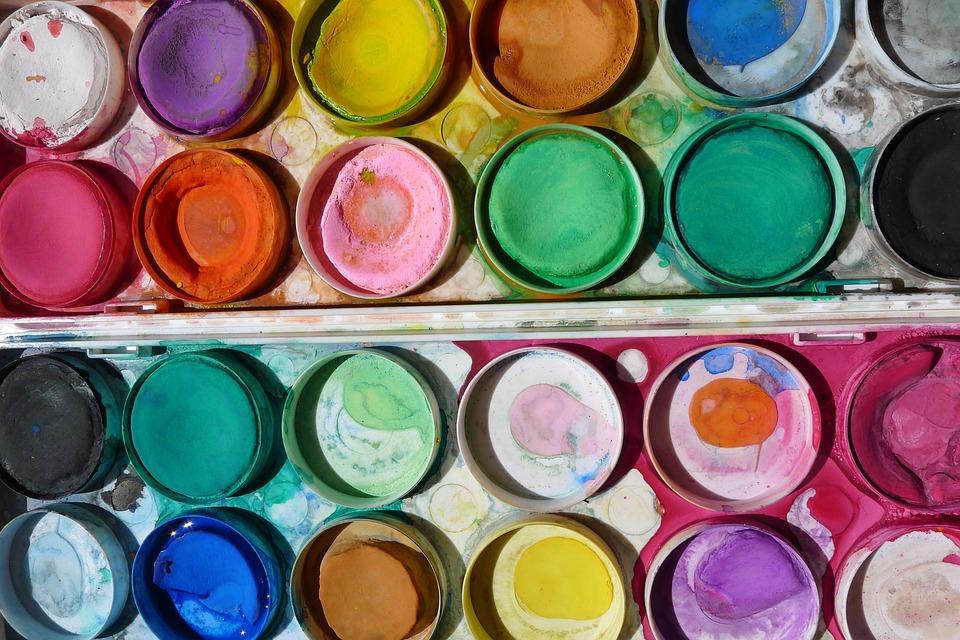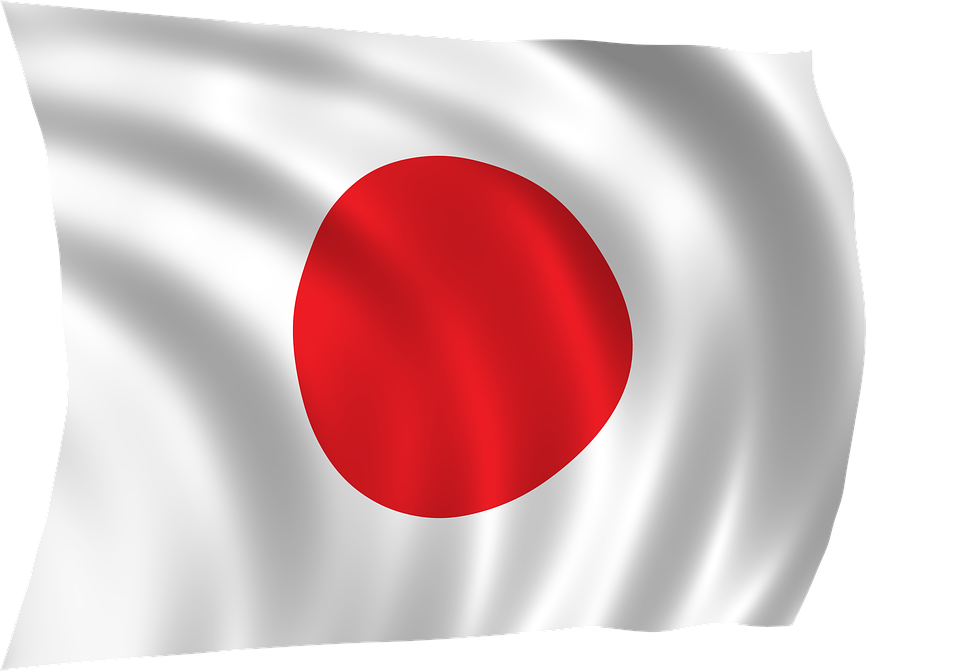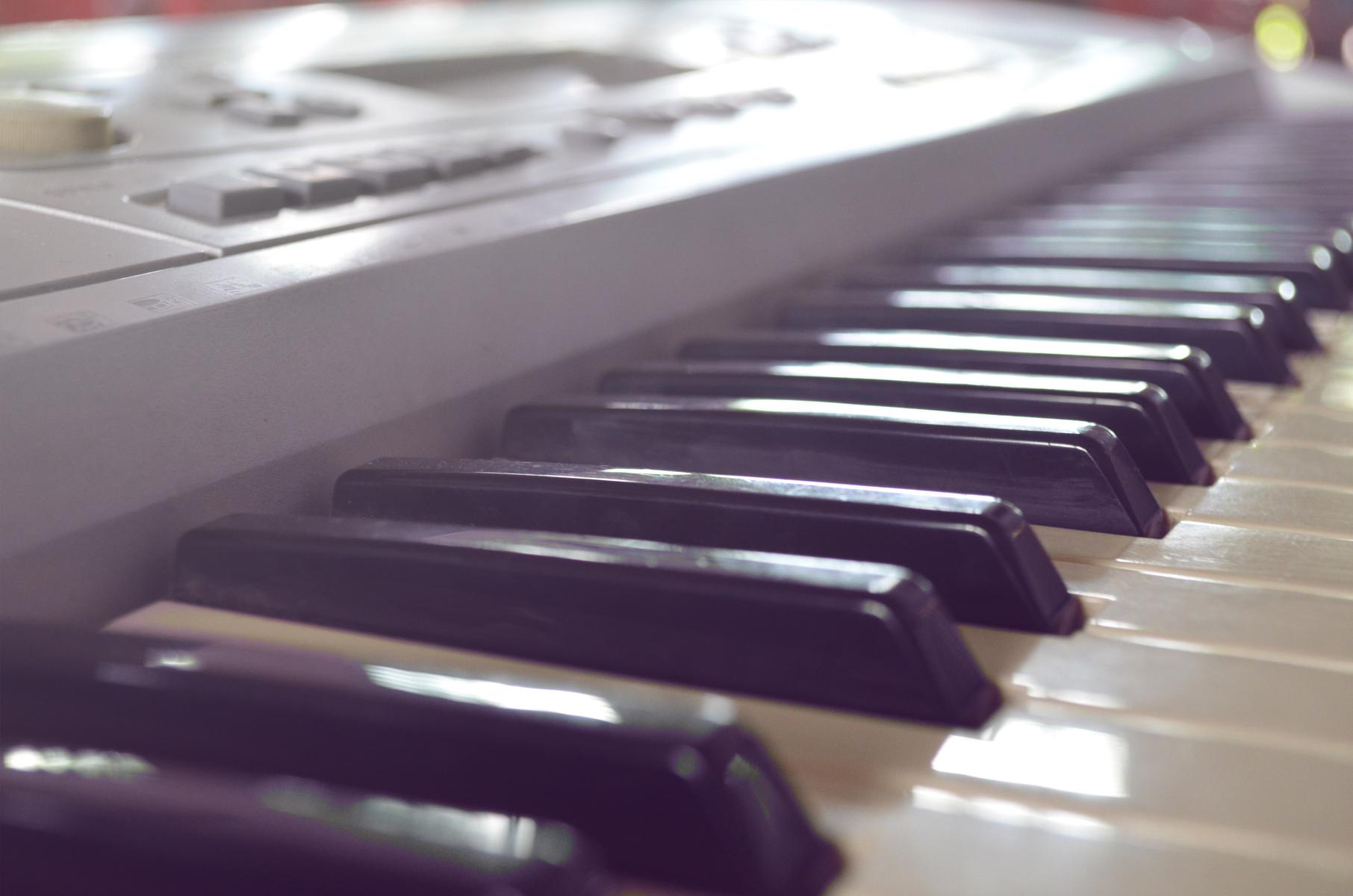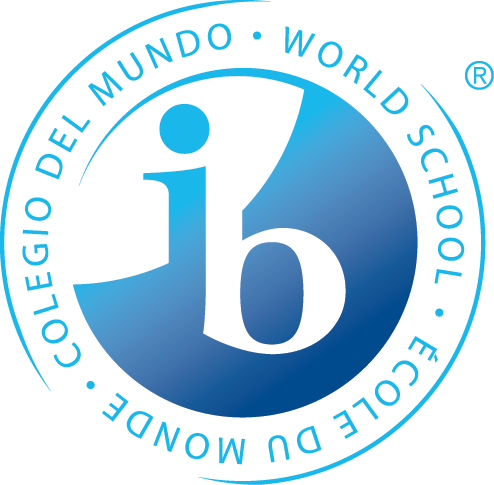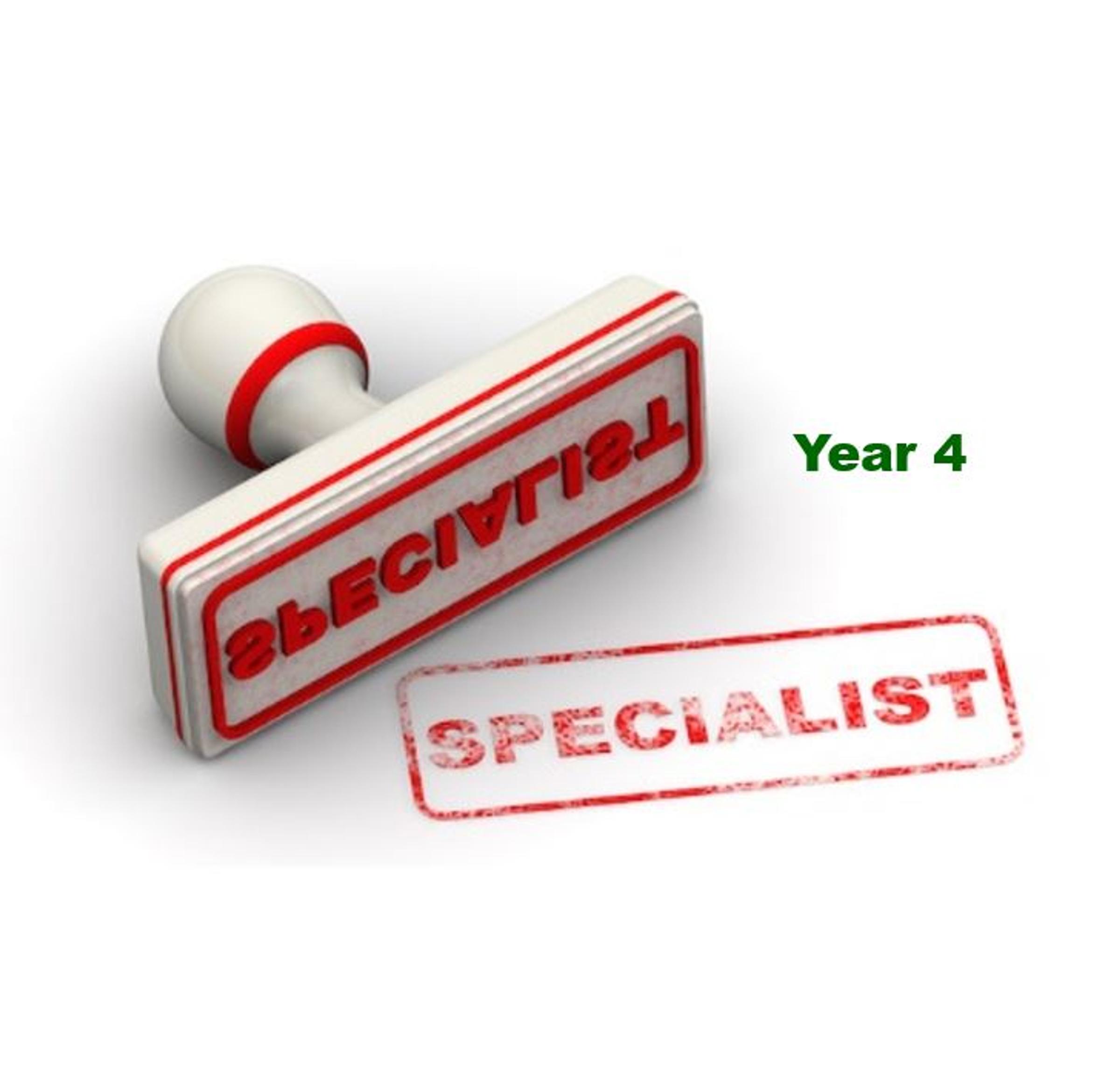
2021
Library
The children are timetabled weekly, to borrow books from the Library with their classroom teachers. During these borrowing sessions, they will gain a better understanding of Library locations and the borrowing/returning procedures. The focus will be on reading for enjoyment, interest and information. The children will have the opportunity to consolidate their literacy skills and further their development in literature appreciation.
The Library program also supports and extends the Units of Inquiry being studied in each year level and provides classrooms with resources to enrich the units, offering varied forms of information.
Visual Arts
The Term 1 Unit of Inquiry is called “The Art and Culture of India” which integrates with the Transdisciplinary theme- “How we organise ourselves”. The Unit focuses on cultural celebrations, traditional design, architecture and how the vast and evolving country of India embraces these into the future.
Students participate in-
- Drawing Mehndi- Henna hand patterns. This involves detailed drawing designs within the outline of their hand. They paint backgrounds inspired by the colours of India, demonstrating controlled painting skills and detailed illustration skills using pattern and tone.
- Creating Ceramic Palaces inspired by the architecture of India. They use the ceramic skills and knowledge of form and function.
- Constructing Paper Sculpture with layers, colour and shape inspired by the Holi festival. They depict knowledge of balance and connection using colour, shape and sculptural skill.
Physical Education
- Team Building Activities and Parachute
- Throwing and Catching Strategy Games
- Modified Cricket and T-Ball Activities
FOCUS: Working together as a group showing tolerance and respect for others. Demonstrating open-mindedness and caring for each other.
Refine the Fundamental Motor Skills of throwing, catching and striking previously learnt, to perform more complex motor skills. These skills will be used in modified cricket games, along with some strategies to improve game performance.
Concepts: Responsibility - children need to be aware of their responsibilities within the class and acting responsibly during activities.
Learner Profile: Discussion with the children about Learner Profiles demonstrated during the lesson. Children identify peers that demonstrated a particular Learner Profile attribute.
Japanese
PYP Concepts
Responsibility
Form (structure, pattern)
Perspective (point of view of others)
-Holiday stories
Describe my holiday stories using KEIYOSHI (adjective).
Eg. おもしろい!(It is interesting!)
-Essential agreements in Japanese room.
Spell the agreements in HIRAGANA characters. Eg. しずかにみてききます (Be a responsible learner)
-Greetings in Japanese room (こんにちは Hello,さようならGoodbye, おはようGood morning, またらいしゅう See you next week, ありがとうThank you, ごめんなさいI am sorry, どうぞPlease, etc)
-Classroom instructions in Japanese.
Eg. トイレいいですか?(May I got to toilet?)
-Hiragana / Katakana / Kanji characters
Let’s spell my name and grade in Japanese.
-HINAMATSURI (dolls festival)
How do Japanese celebrate the festival?
-Greeting cards from Japan (Yaenosato Primary School in Osaka)
Let’s write to the students in Japanese!
(name, age, grade, what I like, etc )
-Japanese songs and physical exercise
Music
Transdisciplinary theme: How We Organise Ourselves/Sharing the Planet
Use imagination and knowledge of standard notation to record musical ideas using melodic and non-melodic instruments.
Central Idea: CULTURES ARE INFLUENCED BY MANY FACTORS.
Students will:
- Revise knowledge of traditional Western notation
- Learn how to lay out a score using Western notation
- Create a group composition, with lyrics, notate it and perform


